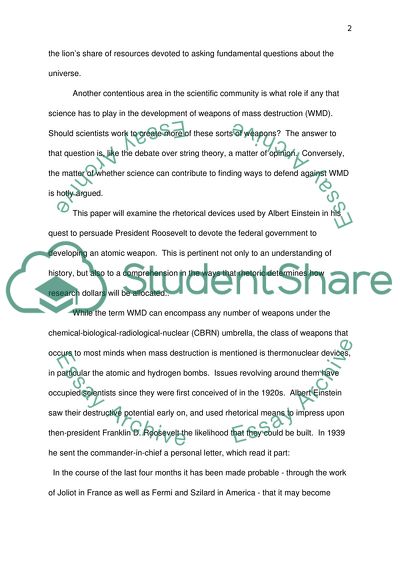Cite this document
(Scientific Involvement in CBRN Warfare Essay Example | Topics and Well Written Essays - 1750 words, n.d.)
Scientific Involvement in CBRN Warfare Essay Example | Topics and Well Written Essays - 1750 words. https://studentshare.org/military/1762921-scientific-involvement-in-cbrn-warfare
Scientific Involvement in CBRN Warfare Essay Example | Topics and Well Written Essays - 1750 words. https://studentshare.org/military/1762921-scientific-involvement-in-cbrn-warfare
(Scientific Involvement in CBRN Warfare Essay Example | Topics and Well Written Essays - 1750 Words)
Scientific Involvement in CBRN Warfare Essay Example | Topics and Well Written Essays - 1750 Words. https://studentshare.org/military/1762921-scientific-involvement-in-cbrn-warfare.
Scientific Involvement in CBRN Warfare Essay Example | Topics and Well Written Essays - 1750 Words. https://studentshare.org/military/1762921-scientific-involvement-in-cbrn-warfare.
“Scientific Involvement in CBRN Warfare Essay Example | Topics and Well Written Essays - 1750 Words”. https://studentshare.org/military/1762921-scientific-involvement-in-cbrn-warfare.


